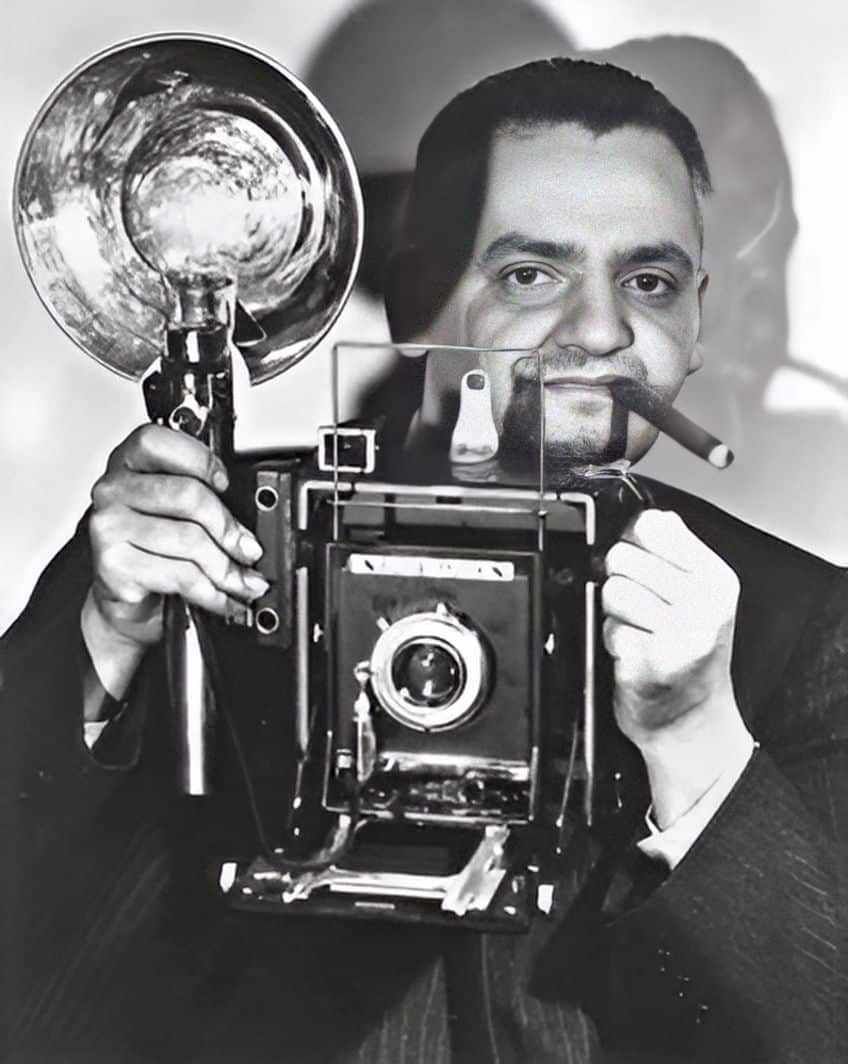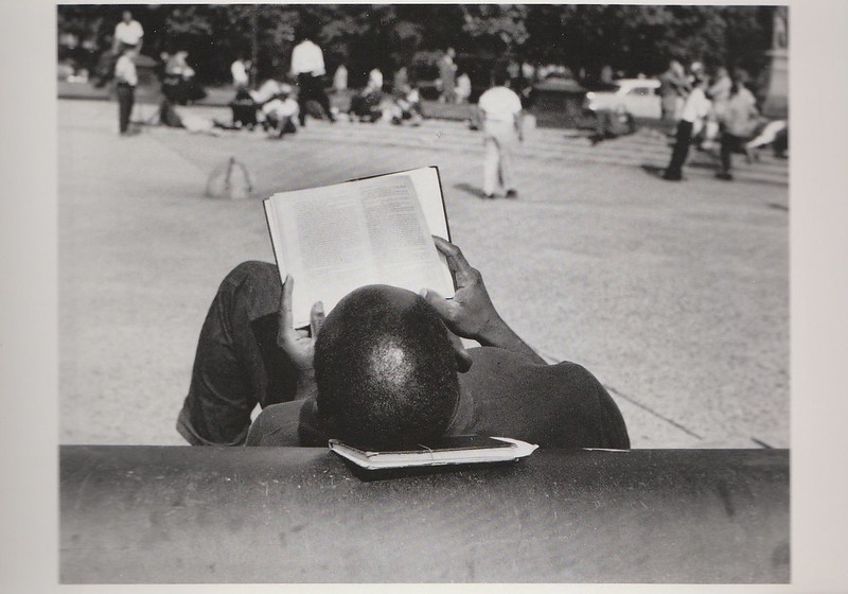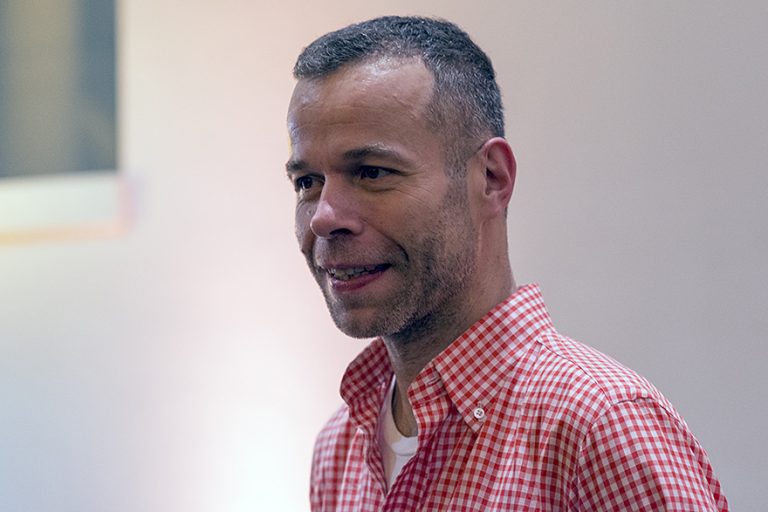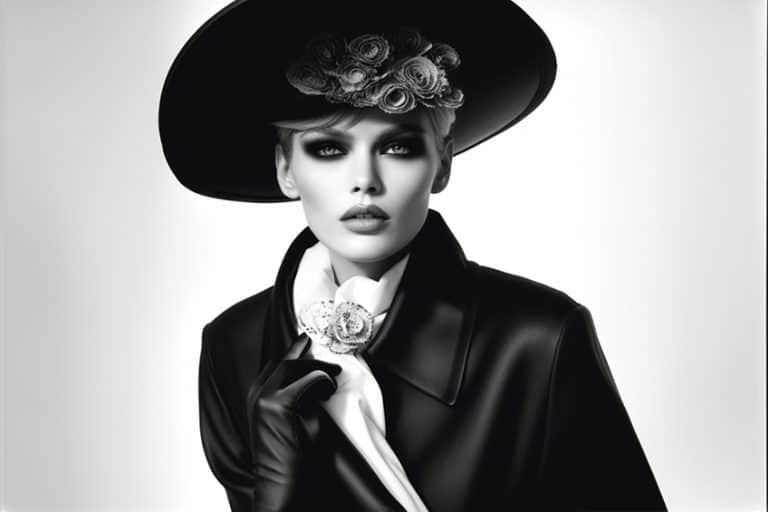Weegee – Explore the Mysterious New York Street Photographer
Step into the shadowy streets of mid-20th century New York City, where crime, chaos, and charisma converge through the lens of one man: Weegee. With a camera as his accomplice and the streets as his stage, Weegee captured the city’s raw essence like no other. His photographs dance between the gritty and the glamorous, revealing the pulse of a metropolis alive with secrets and stories. Join us as we unravel the enigma of Weegee, the master of noir photography whose images still whisper tales of midnight mysteries and urban allure.
Key Takeaways
- Weegee was a renowned photojournalist known for his candid and stark documentation of New York City.
- He possessed a unique ability to capture poignant moments in urban life, shaped by his experience and intuition.
- His impactful visual style and subject matter continue to influence the realms of photography and art today.
Weegee’s Early Life and Career
| Full Name | Weegee (Arthur Fellig) |
| Date of Birth | June 12, 1899 |
| Date of Death | December 26, 1968 |
| Place of Birth | Zolochiv, Ukraine (formerly part of Austria-Hungary) |
| Nationality | American (Naturalized) |
| Movement | Street Photography, Photojournalism, and Noir Photography |
| Notable Works |
|
Arthur Fellig, famously known as Weegee, was a prominent photographer and photojournalist in the mid-20th century, whose work came to define the visual documentation of urban life, especially in New York City. Born on June 12, 1899, in what is now Ukraine, Weegee immigrated to the United States with his family and began his photographic career at an early age. His moniker, a phonetic rendering of the word “Ouija,” is said to have derived from his seemingly prescient arrivals at crime scenes which he often reached even before the police did.

Weegee’s photographic work is characterized by its raw, unfiltered depiction of both the glamour and the grit of New York City life during the 1930s and 1940s. He often worked at night, using his keen sense of public happenings and a police radio to find events that would become the subject of his next photo. The resulting images were stark, direct and often contained a visceral emotional impact that has had a lasting influence on the field of photojournalism. His practice centred around capturing real moments in the streets, from crime scenes to society events, with a focus that was often as much about the onlookers’ reactions as the main event itself.
Weegee’s journey from his Ukrainian origins to becoming an emblematic figure on the New York photography scene was marked by a series of transformative events and career shifts that established his legacy.
Beginnings in Ukraine and Emigration
Born Usher Fellig in 1899 near Lemberg, Austria—today Zolochiv, Ukraine—his life took a pivotal turn when he immigrated with his family to America in 1909. Settling on the Lower East Side of New York City, his early years were characterized by adversity and the bustling life of an immigrant hub.
The Path to Photography
Starting with various odd jobs to support his family, Fellig’s introduction to photography came when he took a position as a darkroom technician for Acme Newspictures. This job provided him with the technical foundation in photography and led to his eventual evolution into a freelance news photographer. This is where his rise to fame began.

Rise to Prominence
By the early 1930s, Fellig had become a well-known freelance photographer in New York City. His uncanny ability to arrive at crime scenes quickly was thanks to his shrewd use of a police radio. Working tirelessly through the nights, he provided stark, raw images to outlets like the Herald-Tribune and solidified his status as a significant press photographer.
Origin of His Pseudonym
Fellig’s pseudonym emerged from his close ties with the police. Spending countless hours at police headquarters, his moniker, Weegee, originated as a phonetic rendering of ‘Ouija’ due to his seemingly mystical ability to appear at scenes of havoc with an almost preternatural foresight.
Employing skillful use of bold imagery and a savvy network through his work, Weegee’s explorations of urban turmoil and human drama became indelible marks of early 20th-century American photojournalism.
Weegee’s Photographic Style and Noteworthy Works
Weegee’s photographic style was distinctive for its raw, candid nature, focusing largely on the streets of New York. His works gained notoriety for their unflinching portrayal of life, crime, and death and are still celebrated for their influence on street photography and photojournalism.

Signature Techniques and Photographic Developments
Weegee, whose real name was Arthur Fellig, utilized a Speed Graphic Camera, consequential for its high-speed flash, allowing him to capture sharp details and contrasts in his black and white photographs. This, combined with his impeccable timing and intuition, often brought to life the grittier aspects of urban existence. His approach to photography was seen as transformative, granting a visceral look into the moments surrounding events like murder and other dramatic scenes, thus contributing to the tabloid news realm with an authentic voice.
Weegee’s nickname was said to be akin to the Ouija board for his sixth sense in sniffing out newsworthy events around the city.
- Camera: Speed Graphic
- Photography style: Black and White
- Themes: Urban Life, Crime, Murder, Candid Shots
Influential Photographic Collections
His notable compilation Naked City, a photo-book published in 1945, is a landmark of photojournalism and street photography. This collection offers a gritty, unfiltered look into the multifaceted character of New York City. Weegee’s work has been displayed at prestigious institutions, including the Museum of Modern Art in New York, evidencing his prominence in the landscape of American photography. His images are crucial historical documents of urban life in the United States, notably Brooklyn and Manhattan’s Lower East Side, capturing a raw portrayal of the human condition.

Transition to Cinema and Hollywood
In the late 1940s, Weegee moved to Hollywood, where he ventured into cinema. His transition saw him creating short films and working with celebrities, exploring a different facet of his creativity. During this phase, he created the “Distortions” series, which involved experimental photography manifesting manipulated portrayals of famous figures, marking a departure from his earlier, more journalistic work.
His time in Hollywood allowed him to expand his repertoire, demonstrating versatility beyond his well-known street photography.
Impact and Legacy
Weegee, born as Arthur Fellig, left an indelible mark on both the culture of his time and the evolution of visual arts. His work went beyond mere documentation, influencing not only an entire genre of street photography but also resonating with various other forms of storytelling, including cinema.

Cultural Influence
Weegee’s stark images of urban life and emergencies greatly influenced the public’s perception of New York City’s underbelly. He captured the city with an unflinching realism that laid the groundwork for future photographers and storytellers. For instance, his influence extended to film directors such as Stanley Kubrick, who brought a similar gritty realism to the silver screen. The term “Weegee’s People” not only referred to the subjects of his photographs but also became emblematic of his ability to portray the human condition.
His persona, almost as famous as his work, was characterized by the moniker “Mr. Squeegee,” a nod to his past as a squeegee boy and his tenacious ability to ‘clean up’ with sensational photographs.
Contributions to Visual Arts
Weegee’s work with photographic agencies, combined with his notable contributions to newspapers like The New York Times and The Sun, cemented his status as a pioneer in photojournalism. He was one of the first to use a police teletype in his car, allowing him to arrive at crime scenes and emergencies swiftly, sometimes even before the emergency services. This access led to a collection of realistic scenes that were both shocking and genuine, providing a raw look into the lives of the city’s inhabitants. His book, Weegee’s People, and other photographic books further showcased his talent for capturing the essence of urban life and its denizens.

Remembering Weegee
Weegee’s legacy is remembered not just for his contributions to photography but also for the way he shaped the documentation of real-life events. His experimental portraits, often featuring political figures and celebrities, offered a candid look that was rarely seen in publications like Vogue or the London Daily Mirror. His photographs also inspired the 1948 film The Naked City, which won an Academy Award and further demonstrated Weegee’s cultural reach. Upcoming photographers like Diane Arbus were influenced by his ability to reveal the stark realities of his subjects, a testament to his enduring impact on the visual arts.
In the dimly lit alleys and bustling avenues of yesteryears, Weegee’s lens immortalized the heartbeat of New York City. His photographs remain not just snapshots frozen in time, but windows into the soul of a bygone era. As we bid adieu to this journey through the eyes of Weegee, let us remember that his legacy extends beyond the frame, igniting a fascination with the intersection of art, crime, and humanity. So, as the curtains close on his captivating narrative, Weegee’s images continue to beckon, inviting us to wander the streets of memory and imagination, forever chasing the elusive essence of the city that never sleeps.
Frequently Asked Questions
What Are the Hallmarks of Weegee’s Photography Style?
Weegee’s photography is characterized by its candid and unflinching portrayal of New York City life. His work often depicted raw human emotion, the harsh realities of life, and the energy of the city. He used harsh flash to highlight subjects starkly against the nighttime cityscape, favouring spontaneity over carefully composed shots.
Which Are Some of Weegee’s Most Famous Photographs?
Some of his most famous photographs include scenes of crime, such as Their First Murder, a depiction of spectators’ reactions at a murder scene, and Coney Island Beach, New York, showing the crowded and lively leisure scene at the beach. His photo book, Naked City, is also widely celebrated and showcases a collection of his street photography work.
How Did Weegee Influence Street Photography?
Weegee influenced street photography with his approach of capturing subjects in raw, unfiltered moments, thus paving the way for future photographers to embrace a more candid style. He also impacted the field through his understanding of urban environments and the human narratives within them. Photographers learned from Weegee the value of looking beyond the obvious scenes and focusing on the stories that unfold in the background, the reactions of spectators, and the emotions that a moment can convey.
Isabella studied at the University of Cape Town in South Africa and graduated with a Bachelor of Arts majoring in English Literature & Language and Psychology. Throughout her undergraduate years, she took Art History as an additional subject and absolutely loved it. Building on from her art history knowledge that began in high school, art has always been a particular area of fascination for her. From learning about artworks previously unknown to her, or sharpening her existing understanding of specific works, the ability to continue learning within this interesting sphere excites her greatly.
Her focal points of interest in art history encompass profiling specific artists and art movements, as it is these areas where she is able to really dig deep into the rich narrative of the art world. Additionally, she particularly enjoys exploring the different artistic styles of the 20th century, as well as the important impact that female artists have had on the development of art history.
Learn more about Isabella Meyer and the Art in Context Team.
Cite this Article
Isabella, Meyer, “Weegee – Explore the Mysterious New York Street Photographer.” Art in Context. March 4, 2024. URL: https://artincontext.org/weegee/
Meyer, I. (2024, 4 March). Weegee – Explore the Mysterious New York Street Photographer. Art in Context. https://artincontext.org/weegee/
Meyer, Isabella. “Weegee – Explore the Mysterious New York Street Photographer.” Art in Context, March 4, 2024. https://artincontext.org/weegee/.









